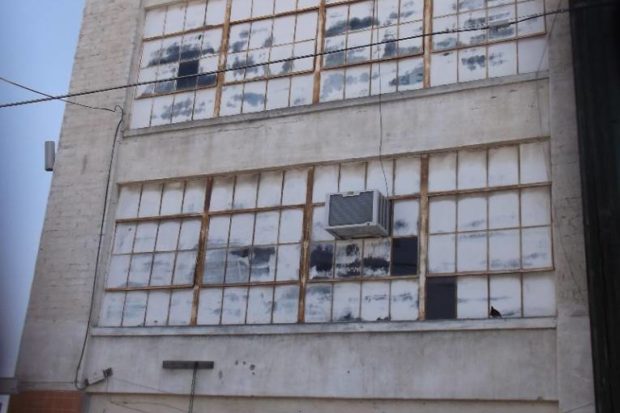
Will Fresno’s 2035 General Plan Update Survive the Usual Developer Rewrites?
By Bob Merrill
Are Fresno’s mayor and City Council serious about making Fresno’s downtown more viable, or is it merely empty rhetoric useful to local politicians at campaign time and when talking to the press?
The City Council votes 7-0 to allow a rezone for a new 10-story office building at the north end of town in what is becoming a new high-rise skyline. Only one City Council member even speaks up when challenged about the issue, and the rest of the City Council votes without any explanation as to reasoning. The mayor says nothing, not even responding to e-mails or attending City Council meetings when urban development in north Fresno was on the agenda.
So again I ask, is Fresno “leadership” capable of revitalizing downtown or has the genie already escaped the bottle as north Fresno develops its own town center?
If, as City Council Member Lee Brand suggested, the infrastructure of downtown is not capable of handling more tall buildings and land prices are too high despite empty spaces downtown, then why aren’t the mayor and the City Council putting in place creative policies to deal with these issues? Why doesn’t the city exact a fee for high-rise development outside of the urban center and use those funds to improve downtown’s infrastructure?
For some time, city “leaders” have allowed the development community to continue to alter General Plans and zoning regulations on the outer perimeter of Fresno. This pattern of suburban sprawl feeds off rezoning at the developers’ requests and the City Council goes along destroying past General Plans. Next come additional rezones to shopping malls to service this suburban sprawl. The end result is developers escape with their profits and the City is left with empty older shopping malls and deteriorating neighborhoods as commercial activity shifts to the new malls and subdivisions.
Last week over dinner in Monterey, I encountered a representative of the Australian tourism industry who accurately described this deterioration of Fresno’s urban core as he drove through town on his way to Yosemite and Sequoia. He concluded that Fresno was an example of terrible planning in the United States.
If Fresno actually wants a viable downtown and a better business climate, then it must be serious about improving its neighborhoods peripheral to downtown, so that businesses want to locate downtown. It must also make downtown safer after dark so that people are as comfortable being downtown as they are at River Park. Fresno must commit to walkable neighborhoods and infill development within the city limits. With infill development, public transportation can become more efficient. Furthermore, with continued sprawl, we eat up agricultural land, which has a negative impact on Fresno’s major economic base.
Successful cities constrain their high-rise buildings to downtown, thus creating a distinct skyline. Such urban centers merge with livable, compact neighborhoods covering less land. These more compact, safe neighborhoods attract people who want businesses nearby rather than having to drive miles to the newest shopping centers on the outskirts of town.
The question is if Fresno can make this transition and escape its past history. The 2035 General Plan Update with its Alternative A, as approved in 2012 by the City Council, is an attempt to start that transition to a more viable city, especially with the restoration of our older neighborhoods. The big question is if the City Council can resist the campaign contributions of developers and their allies. As citizens, we must demand the City Council allow our Planning Department staff to complete their work and establish Alternative A.
By the time you read this article, we will likely have a clue as to whether the City Council can resist developers and their handpicked cronies, whose new front group is called Creating Prosperity in Fresno. This group enlisted City Council Member Steve Brandau to push its white paper agenda at the July 18 City Council meeting. (Recall that Brandau is the same City Council member who led the charge to restrict easy public access to the River West part of the San Joaquin River Parkway.) Rather than have an evening meeting when working-class citizens could participate, as was done for the 2035 General Plan Update Alternative A, this self-labeled “civic-minded” group is on the City Council agenda at 9:30 a.m.
Could it be that developers of the city’s northward sprawl along Blackstone Avenue having reached the county line at the San Joaquin River now covet the open space northeast along the Friant Road corridor? Was the “Prosperity” group behind the City Council’s support for a private health science university at Friant? The question remains, will Fresno be run by its citizens or by the political contributions of a select few. Keep tuned citizens of Fresno; it’s our City, if we can reclaim it.
*****
Bob Merrill, Ph.D., is a professor in the Department of Earth and Environmental Sciences at California State University, Fresno. Contact him at robert_merrill@csufresno.edu.
